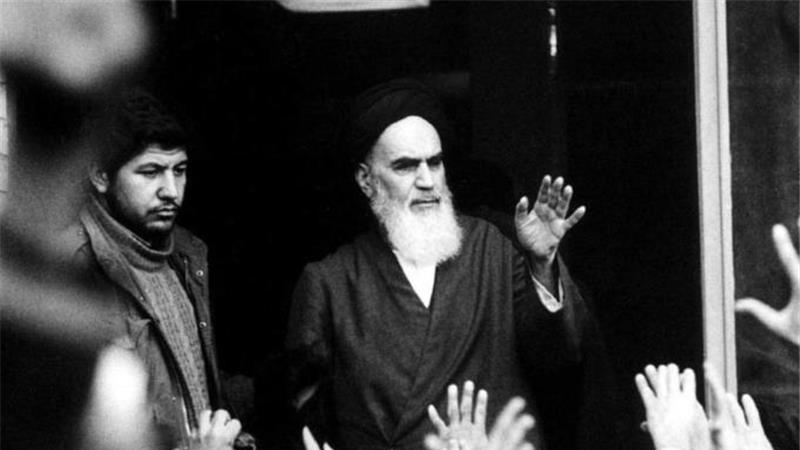I read some of the declassified Central Intelligence Agency (CIA) documents that Asharq Al-Awsat newspaper has recently published, and which deal with the period of the Iranian revolution at the end of the 1970s — this was a turbulent phase and continues to stir academic controversy.
Most of the political developments we witness today, such as the rise of extremism – both regionally and internationally- the sectarian conflict, failure of the peace processes, major regional wars and efforts to possess advanced weapons such as nuclear and chemical arms, are linked to the Iranian Revolution and to the year 1979.
The newspaper published few of these documents and I did not find them helpful to understand events from inside this political and security institution, i.e. the CIA, which is supposed to have had good relations with the Shah’s government. Unlike some allegations, the CIA’s estimates in terms of understanding the tactic of the new regime in Tehran were not wrong.
CIA’s analysts predicted that after Khomeini’s rise to power and after the war with Iraq, which erupted one year later, the Iranian regime would resort to using religion, particularly sectarianism, as a weapon. Their predictions stipulated that Ayatollah Khomeini will use religious slogans to incite the region’s people against their regimes. They estimated that he will succeed in stimulating the sectarian drive in Iraq and will fail in Saudi Arabia and the rest of the Gulf countries.
Reviewing the eight-year war between Iraq and Iran, one cannot underestimate the massive propaganda which Saddam Hussein’s government led to stop the Iranian sectarian incitement. Iran pictured the conflict as a Sunni-Shi’ite strife while Baghdad saw it as a nationalist war between Arabs and Persians.
One of the issues not addressed in the recently declassified analyses and secret correspondences is awareness of the threats that the extremist religious revolution in Iran could pose on the region and the world. This may be due to the domination of the national and leftist rhetoric back then.
Former National Security Advisor of the U.S. Zbigniew Brzezinski made a famous trip to Pakistan and adopted the policy of Islamic jihadist war to liberate Afghanistan. This approach was adopted in addition to using advanced weapons against the forces of the Soviet Union. The 10-year war ended in the liberation of Afghanistan, and more than 15,000 troops from the Soviet Union and its allies were killed while more than 400 Soviet jets were downed.
We cannot ignore the relation between Khomeini’s revolution and Afghanistan’s war. At the time of the Iranian Shah’s fall, policymakers in Washington had preferred to accept the religious rise of Khomeini at the expense of leftist parties who had a role at the onset of the Iranian revolution.
However, there is no evidence that someone at the time predicted what will happen in the region after Khomeini’s rise or anticipated how the prevailing ideologies in the region will change especially with the dissolution of leftist ideology as the Soviet camp collapsed.
The new Iranian regime back then used religious slogans and later limited these slogans to its sectarian plans and succeeded in using them politically in Lebanon, Palestine and later on in Iraq. These slogans are what destroyed the region in more than three decades and they still pose the biggest threat to the region.
